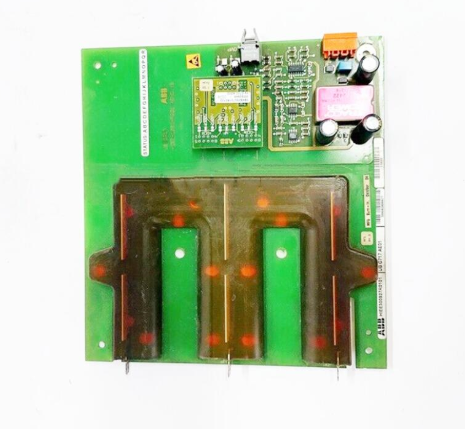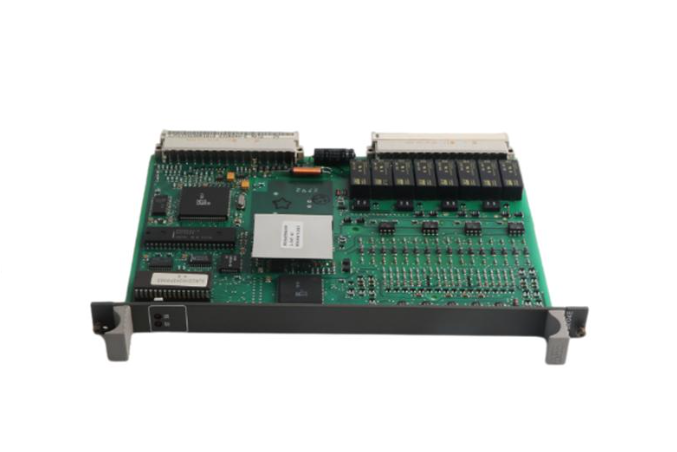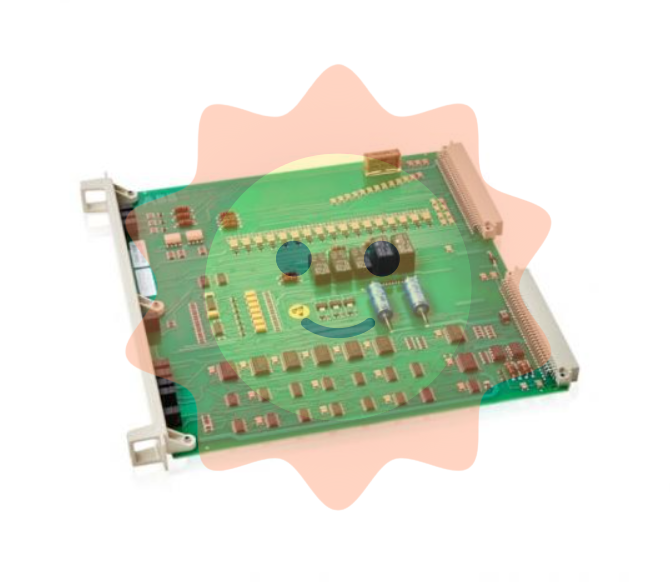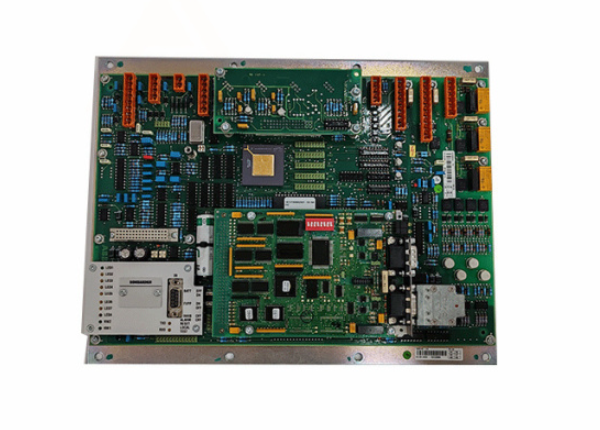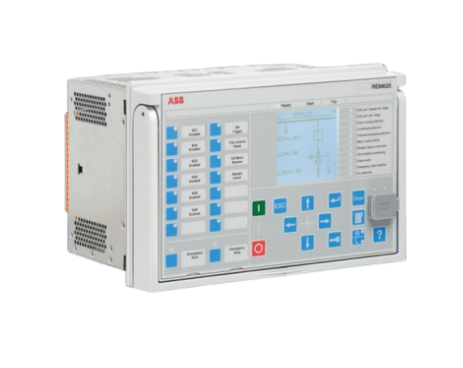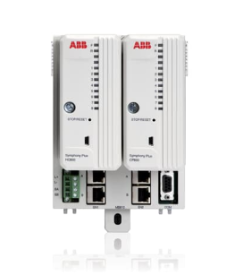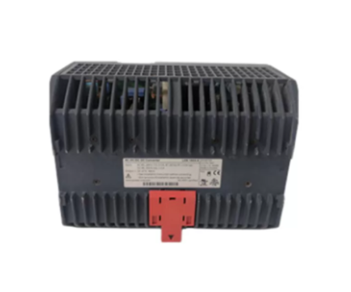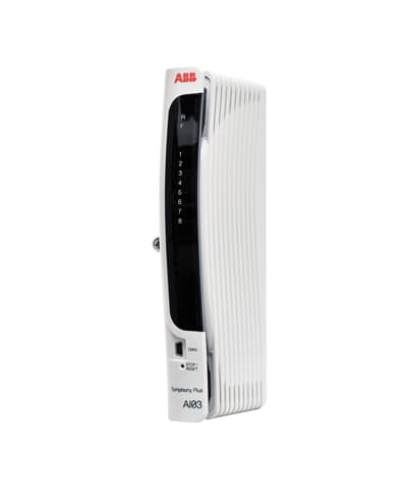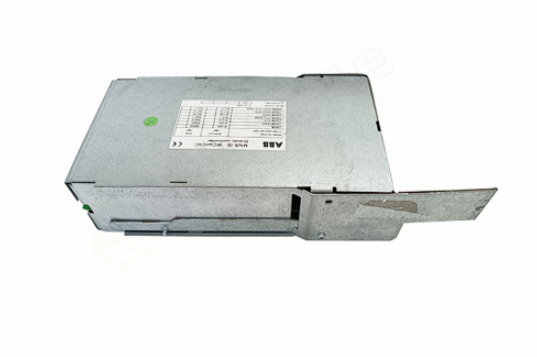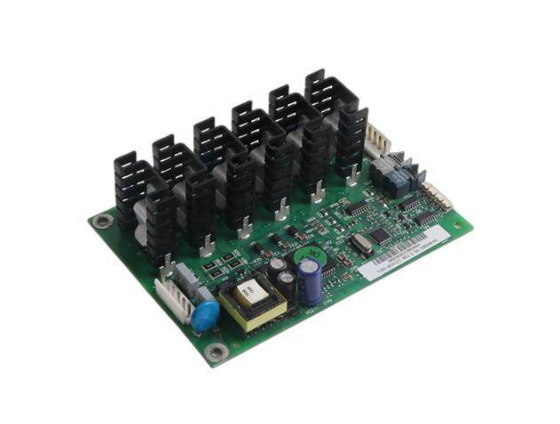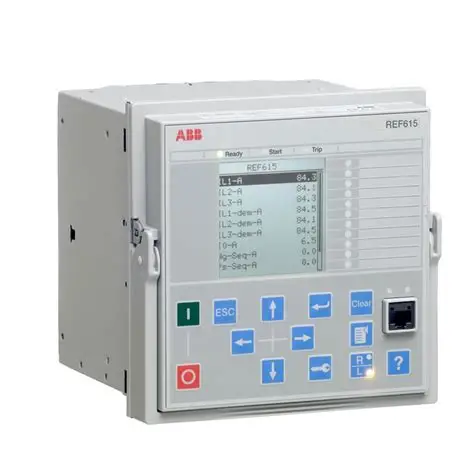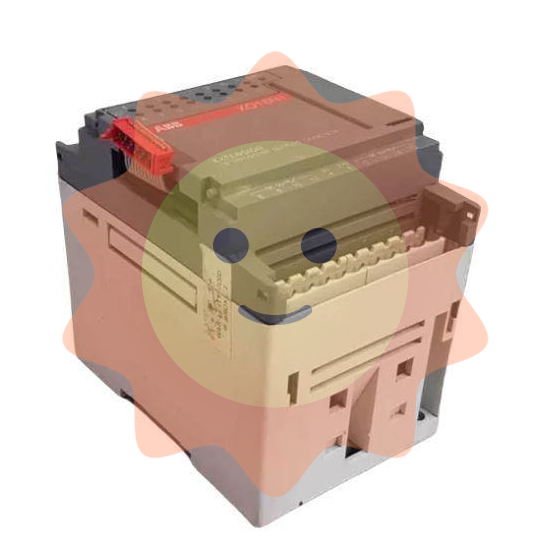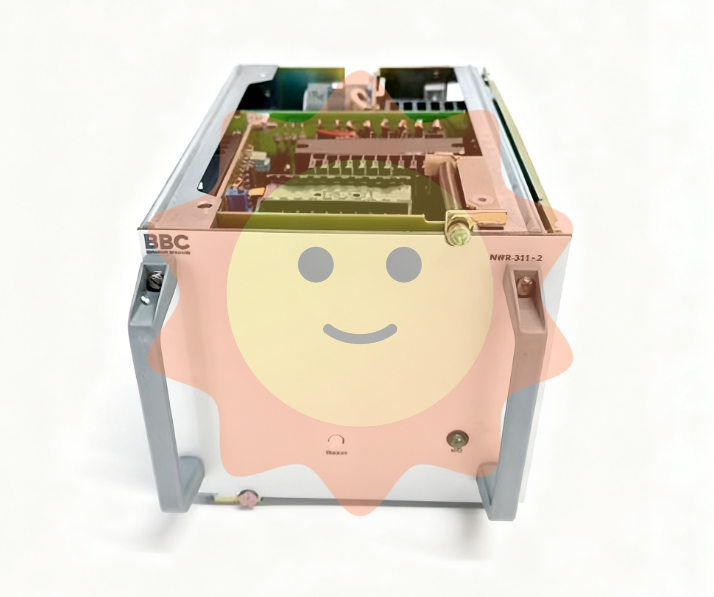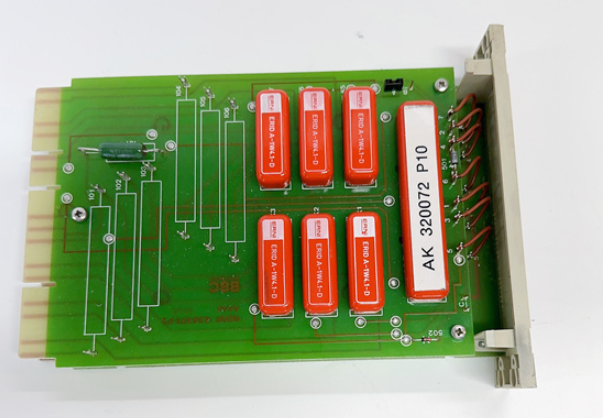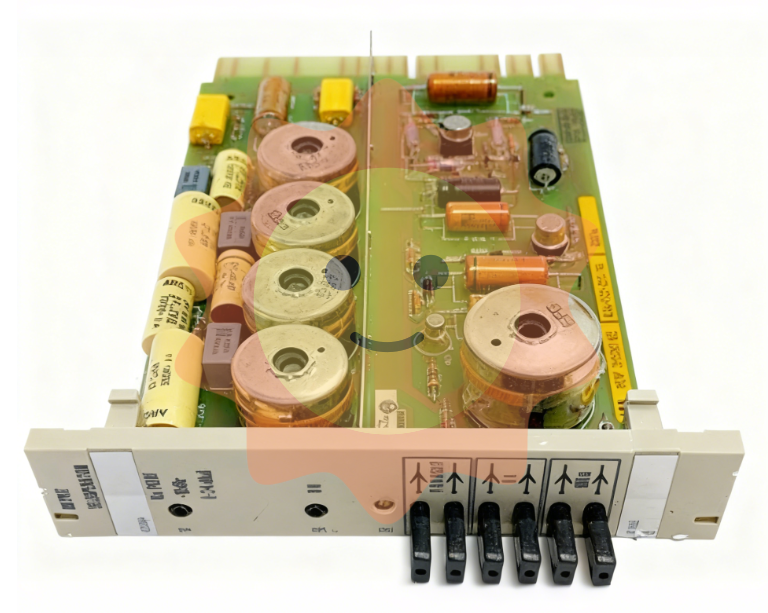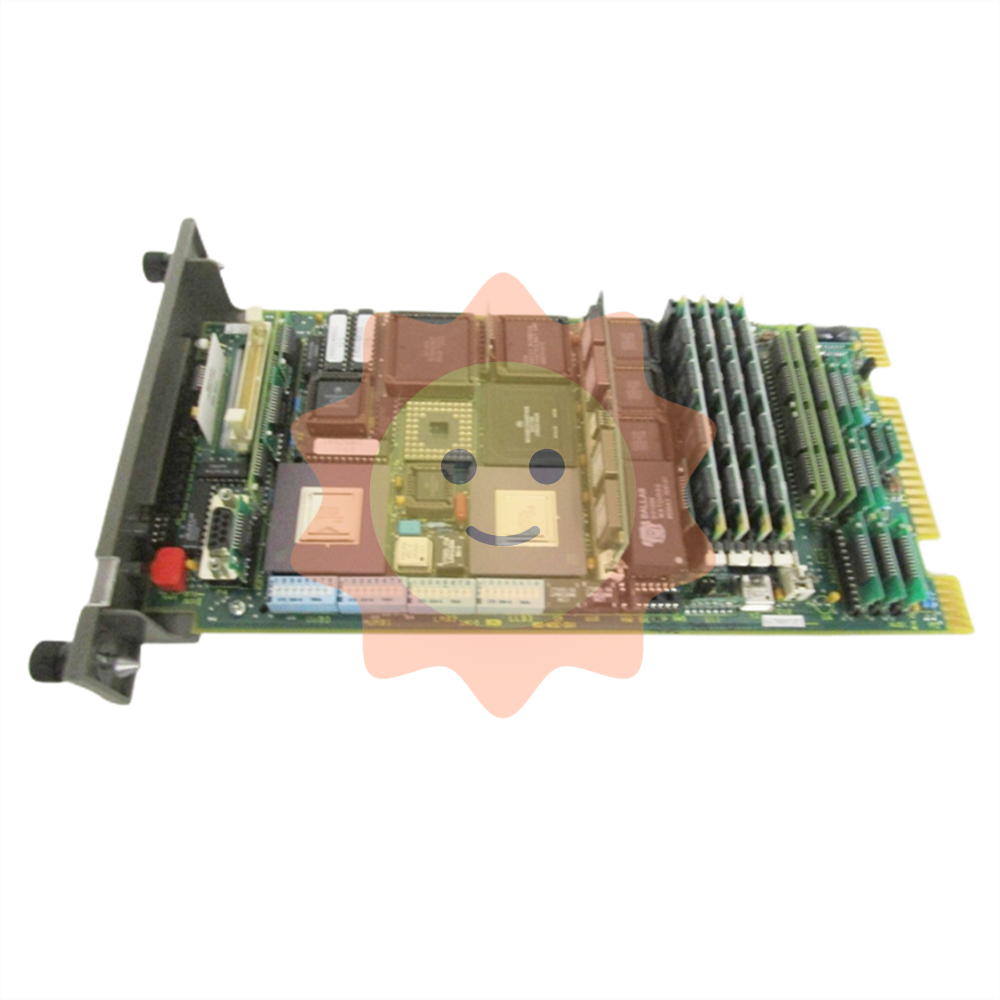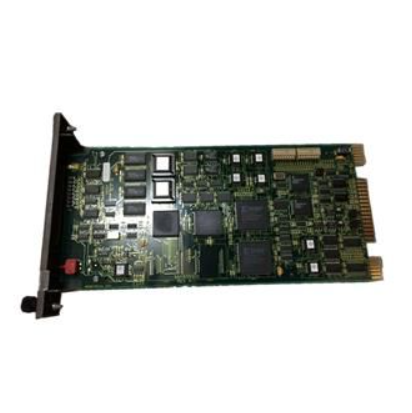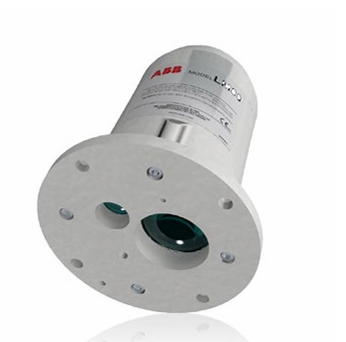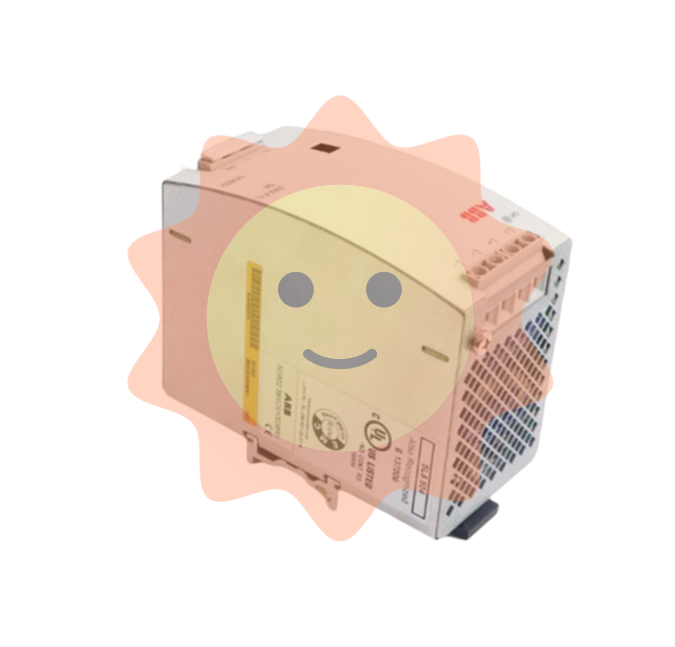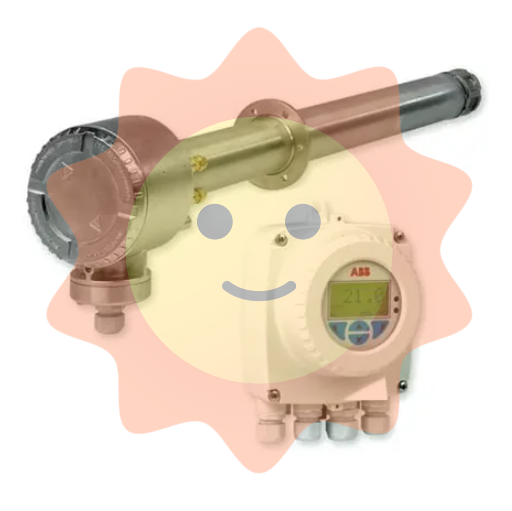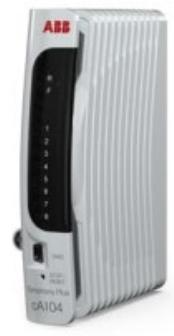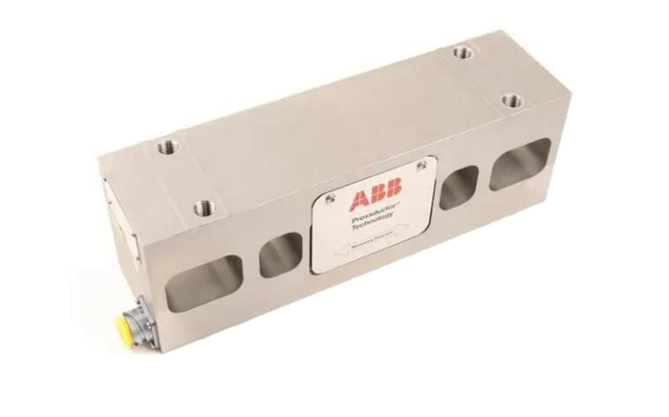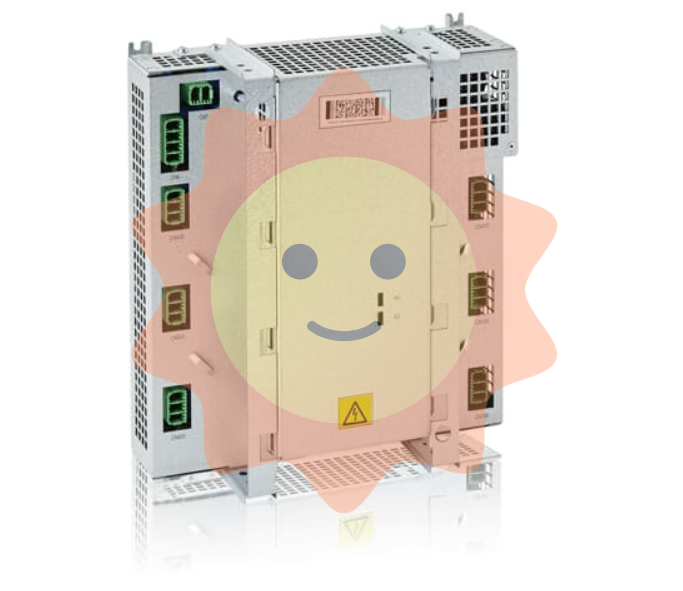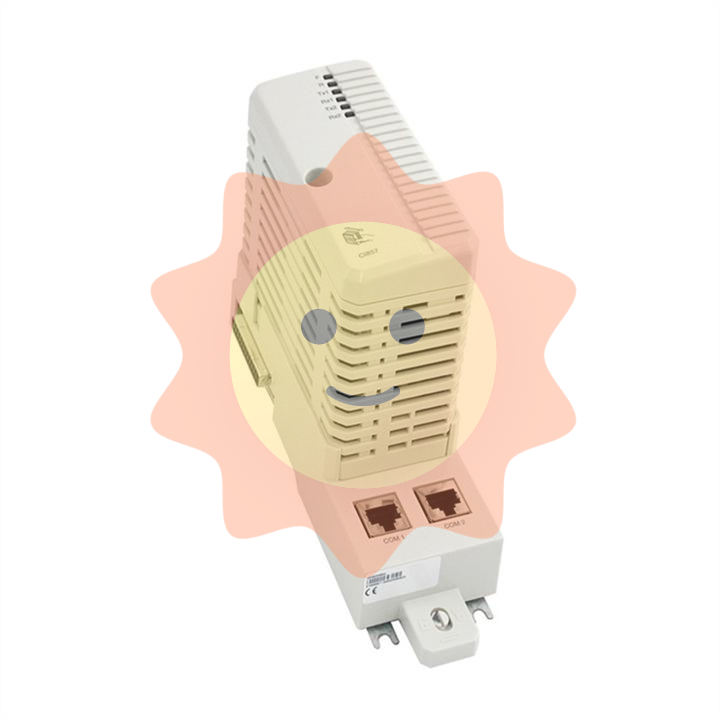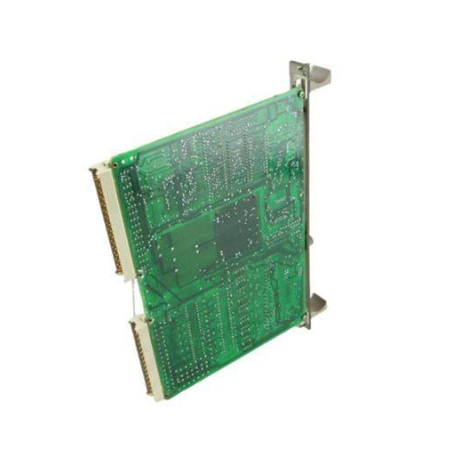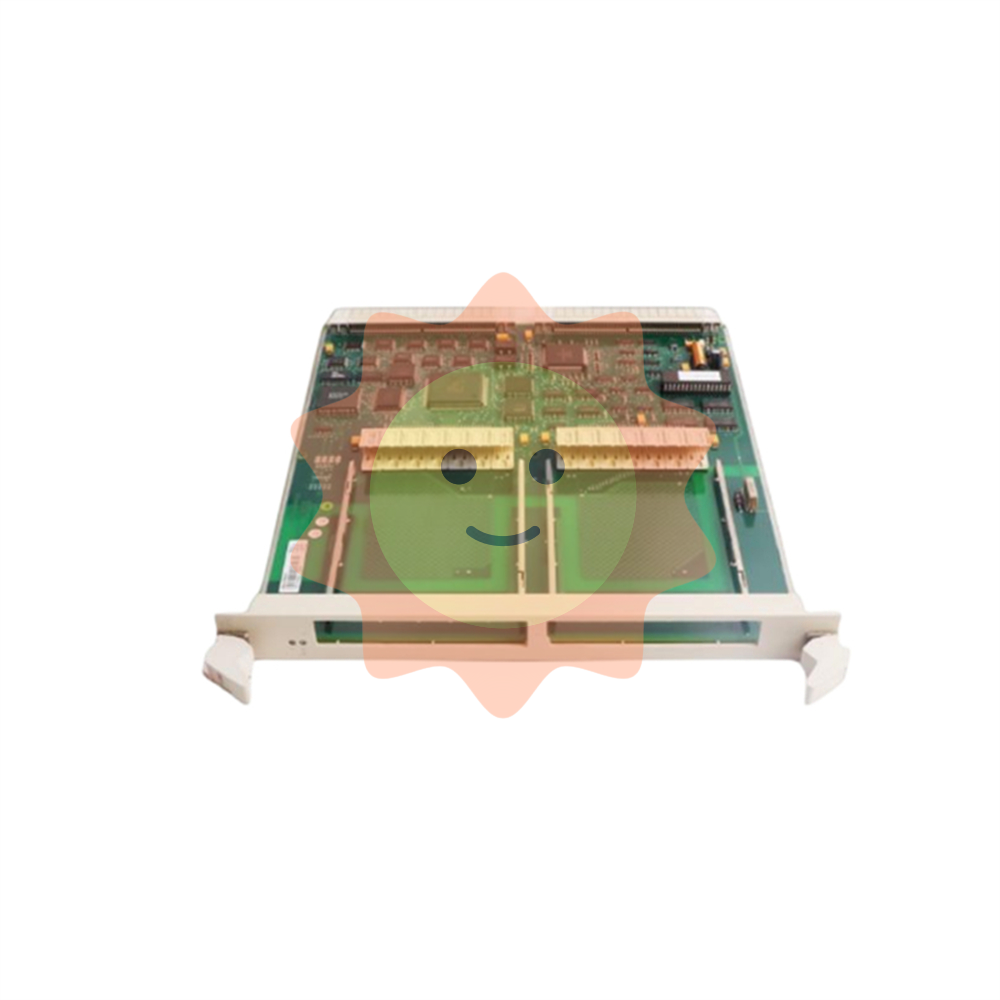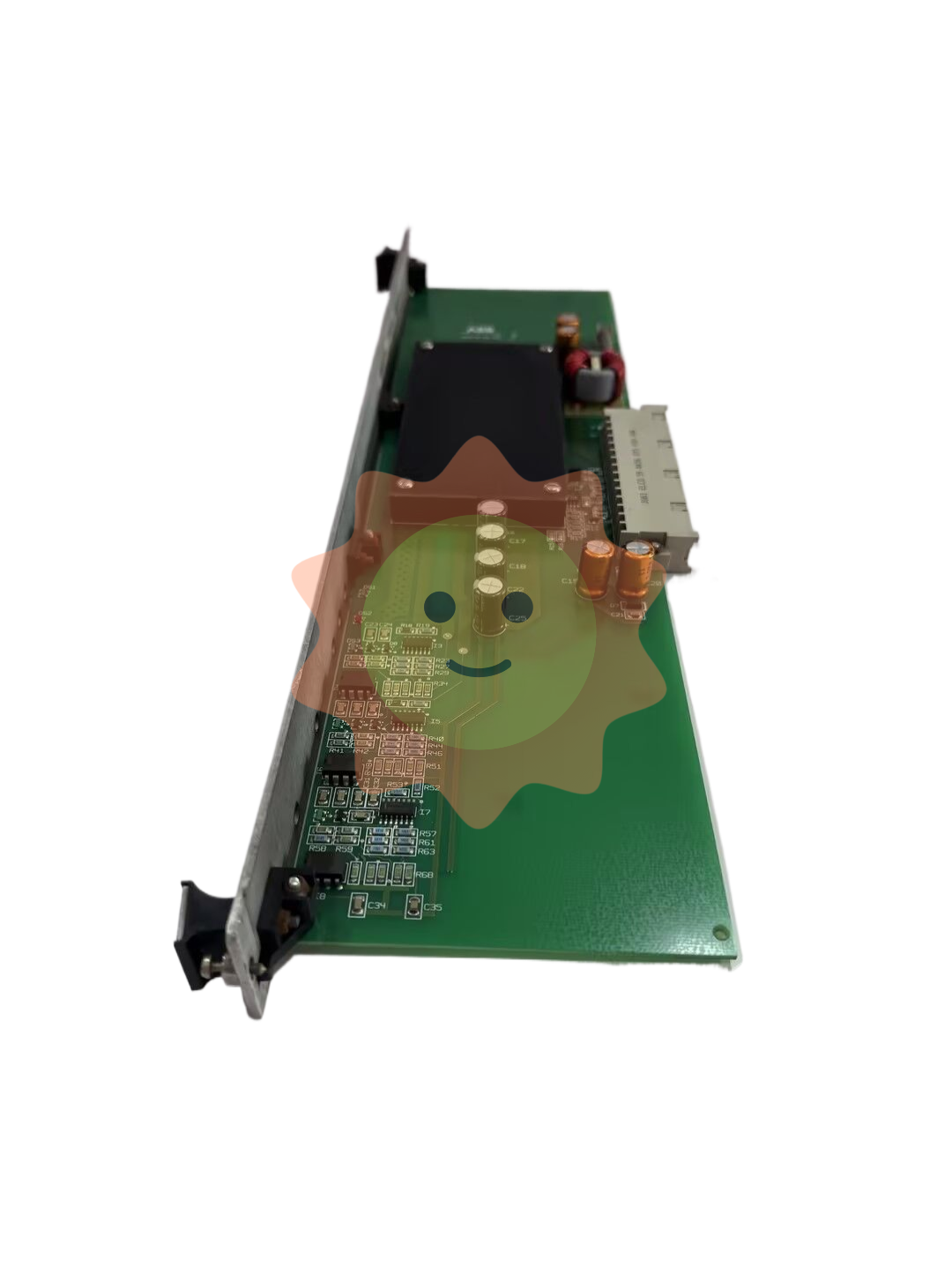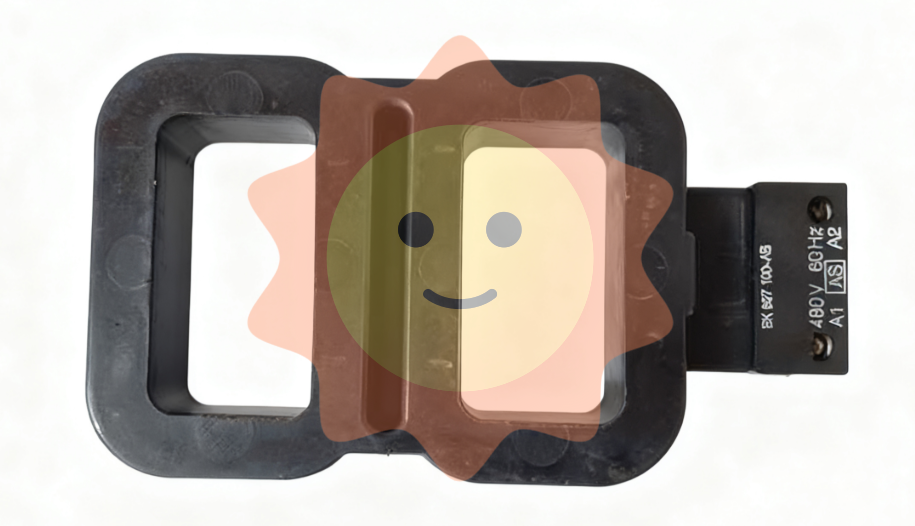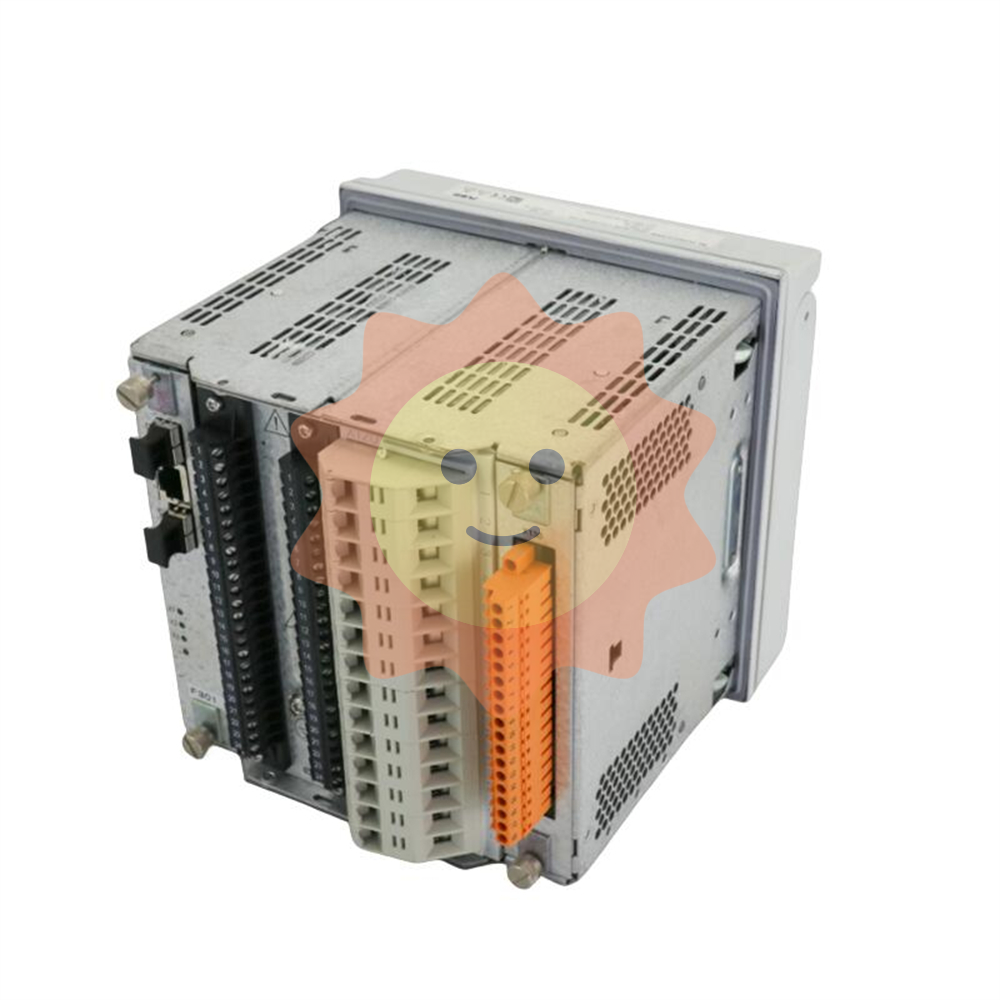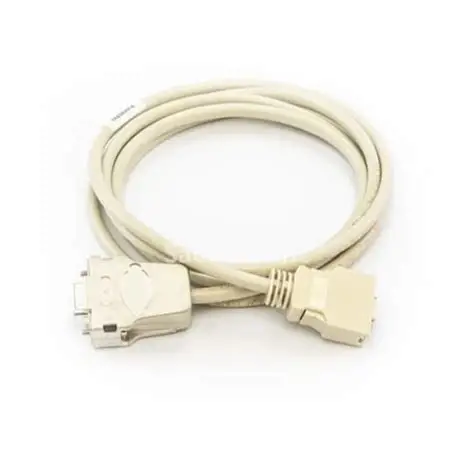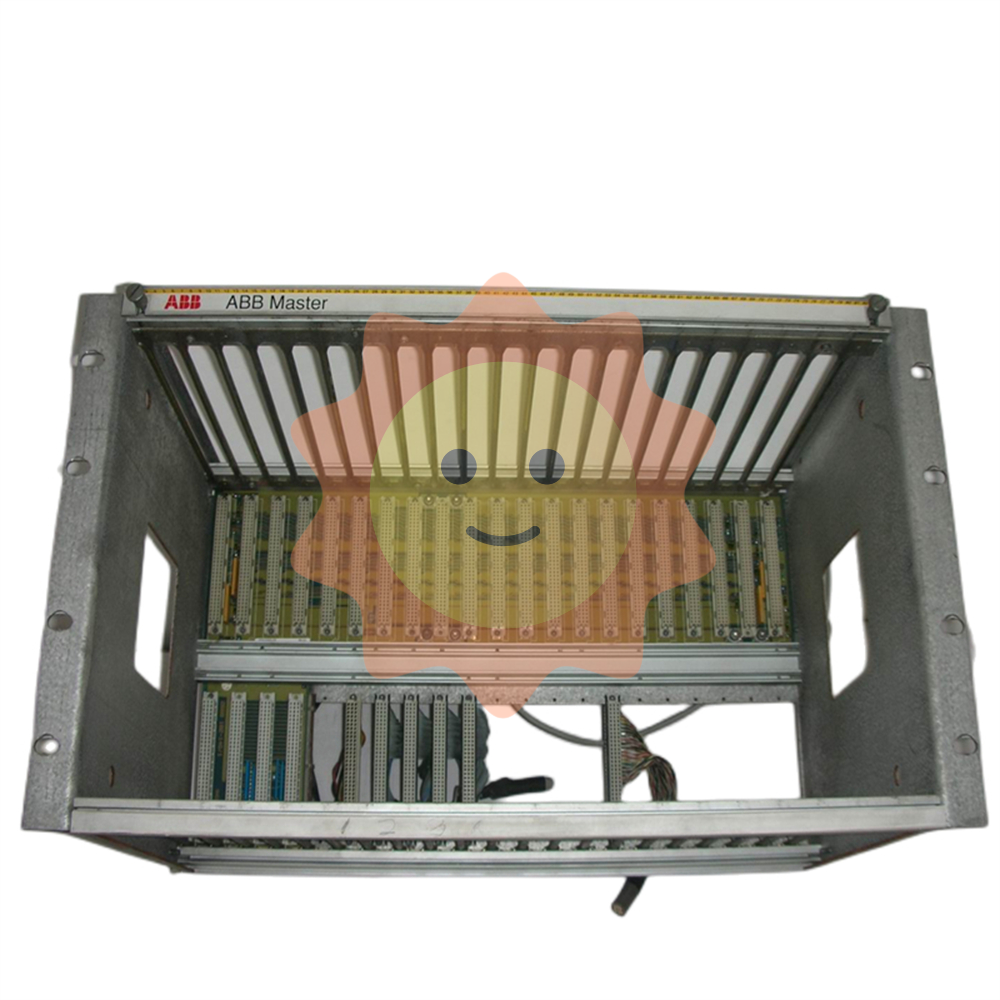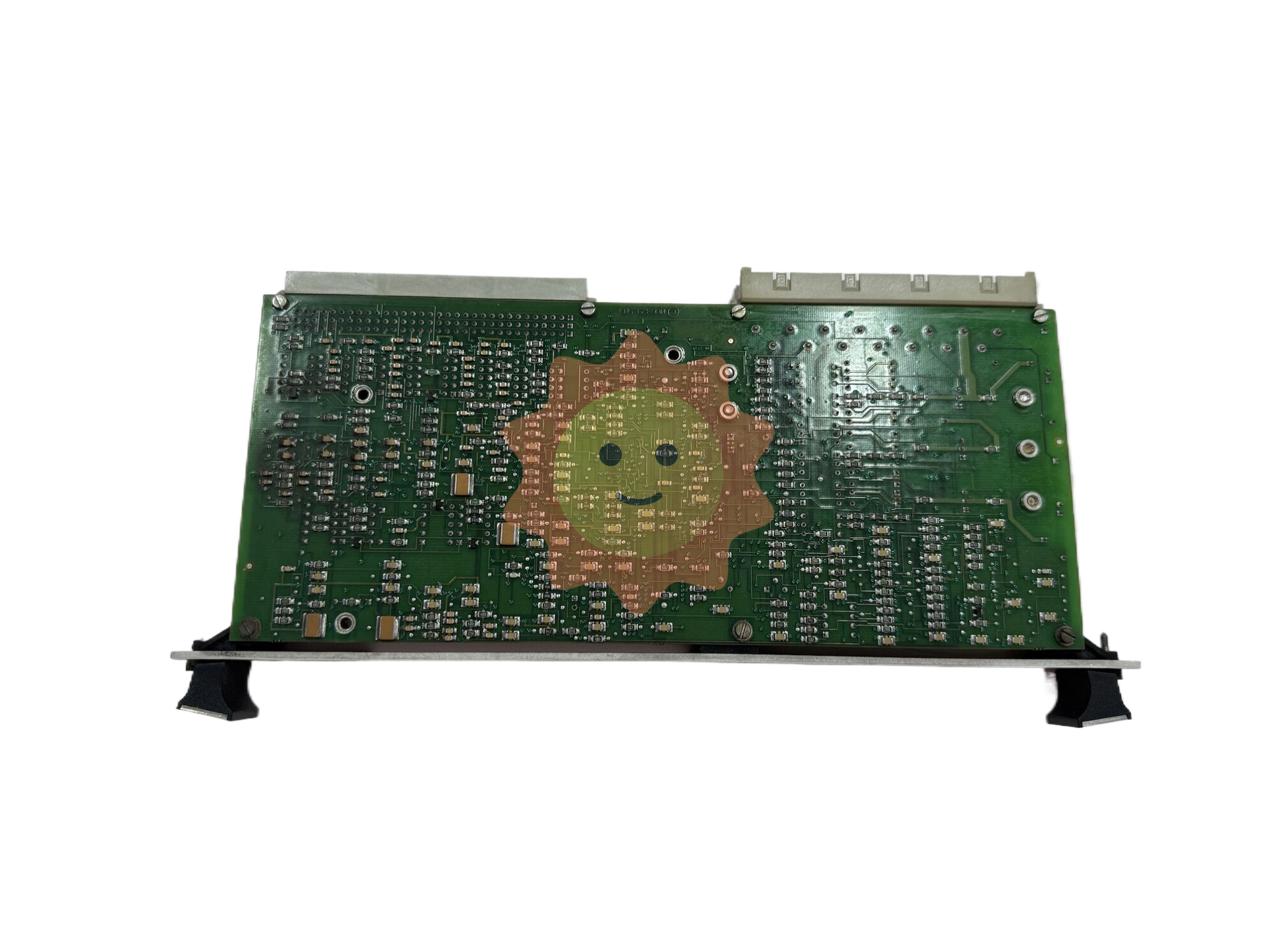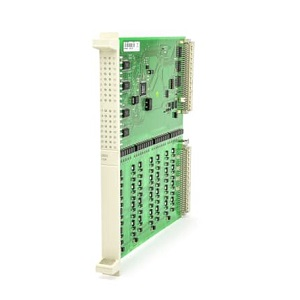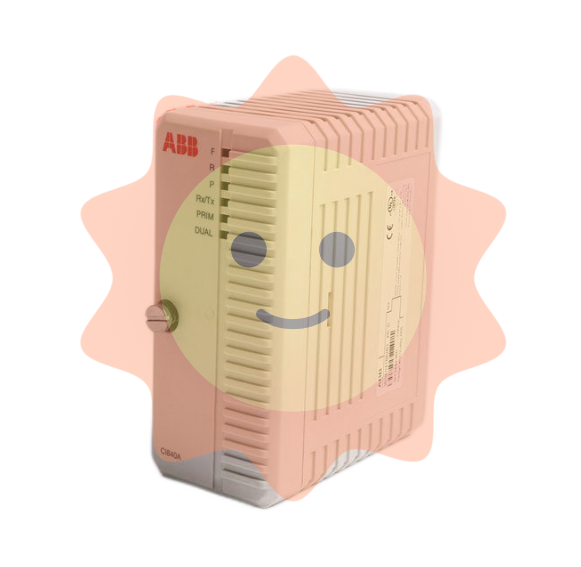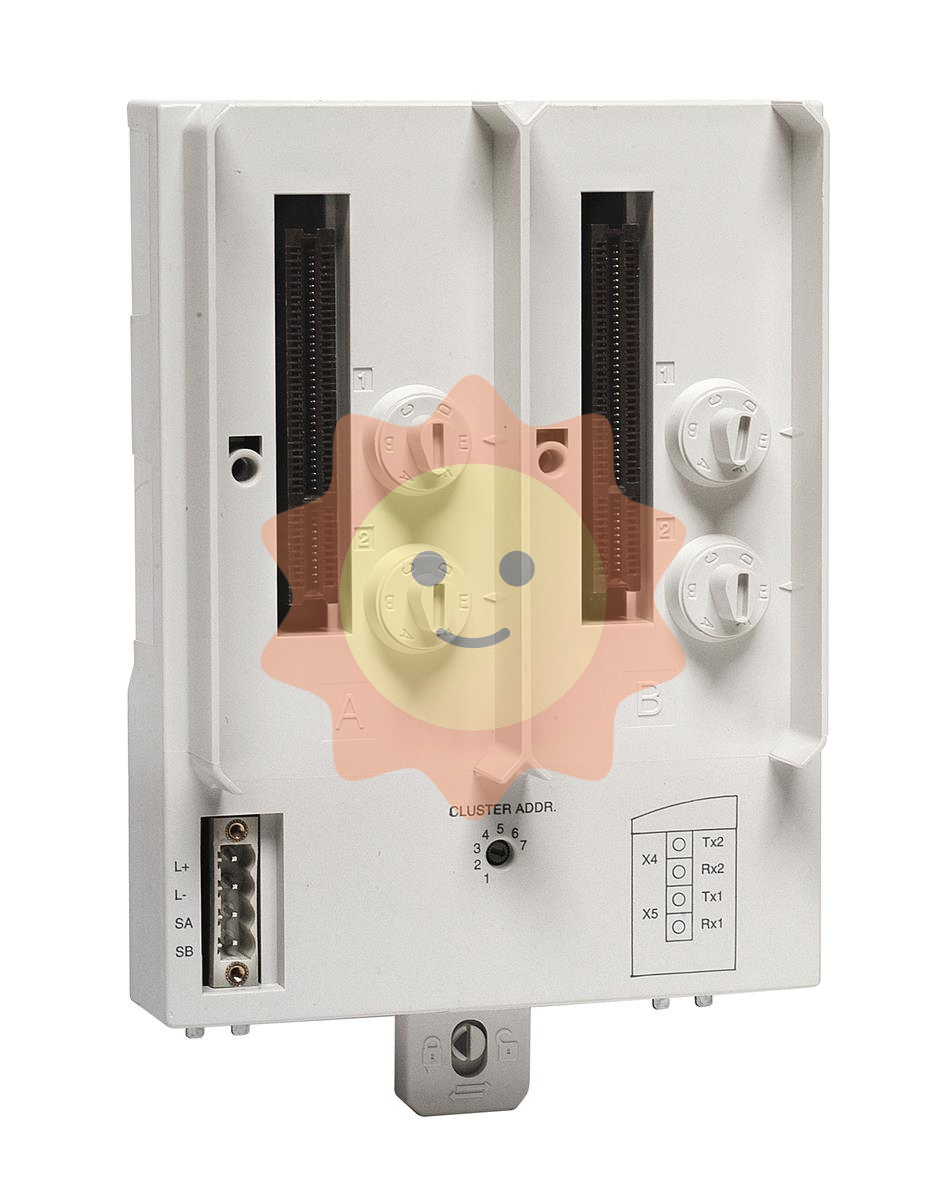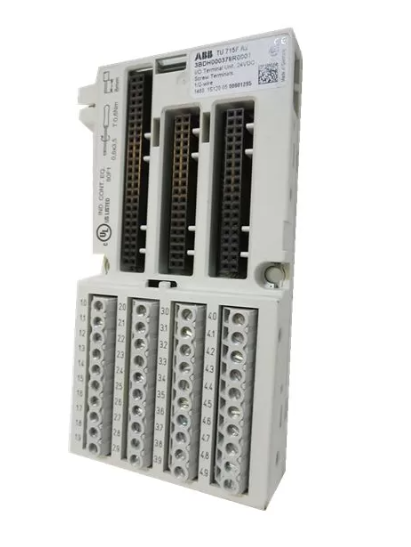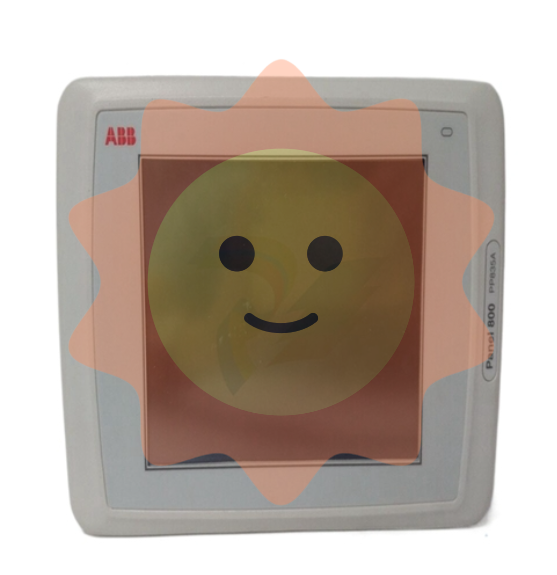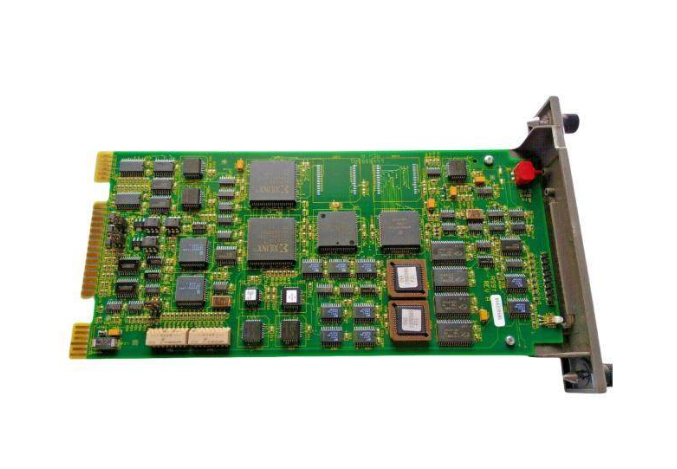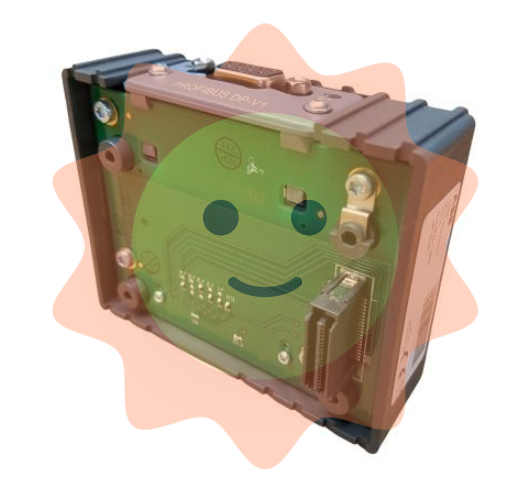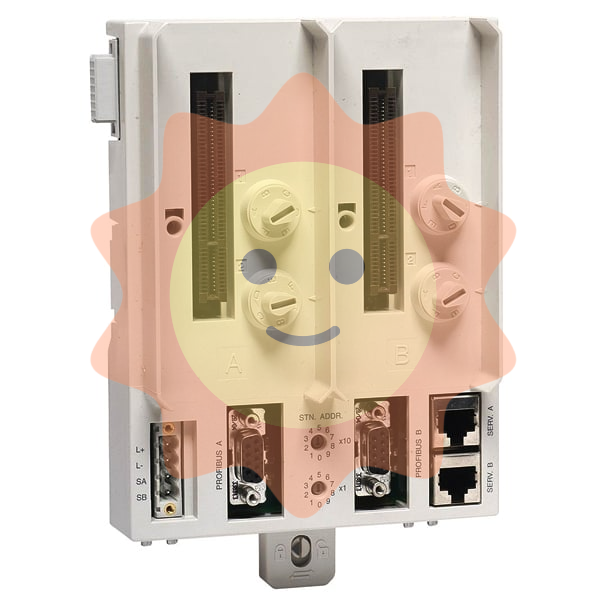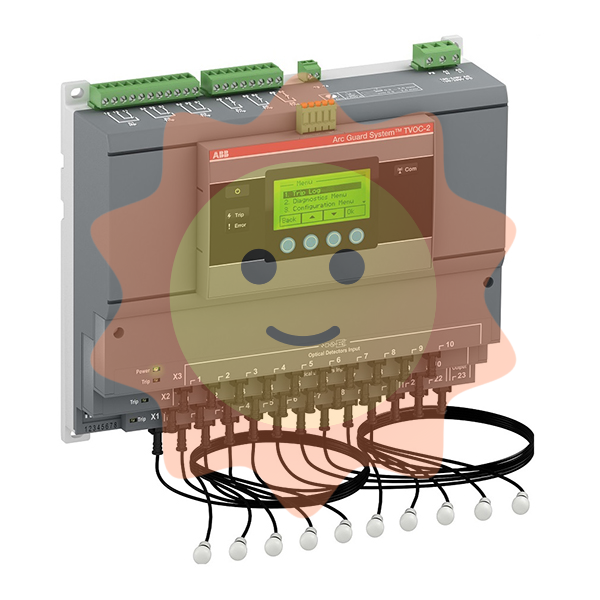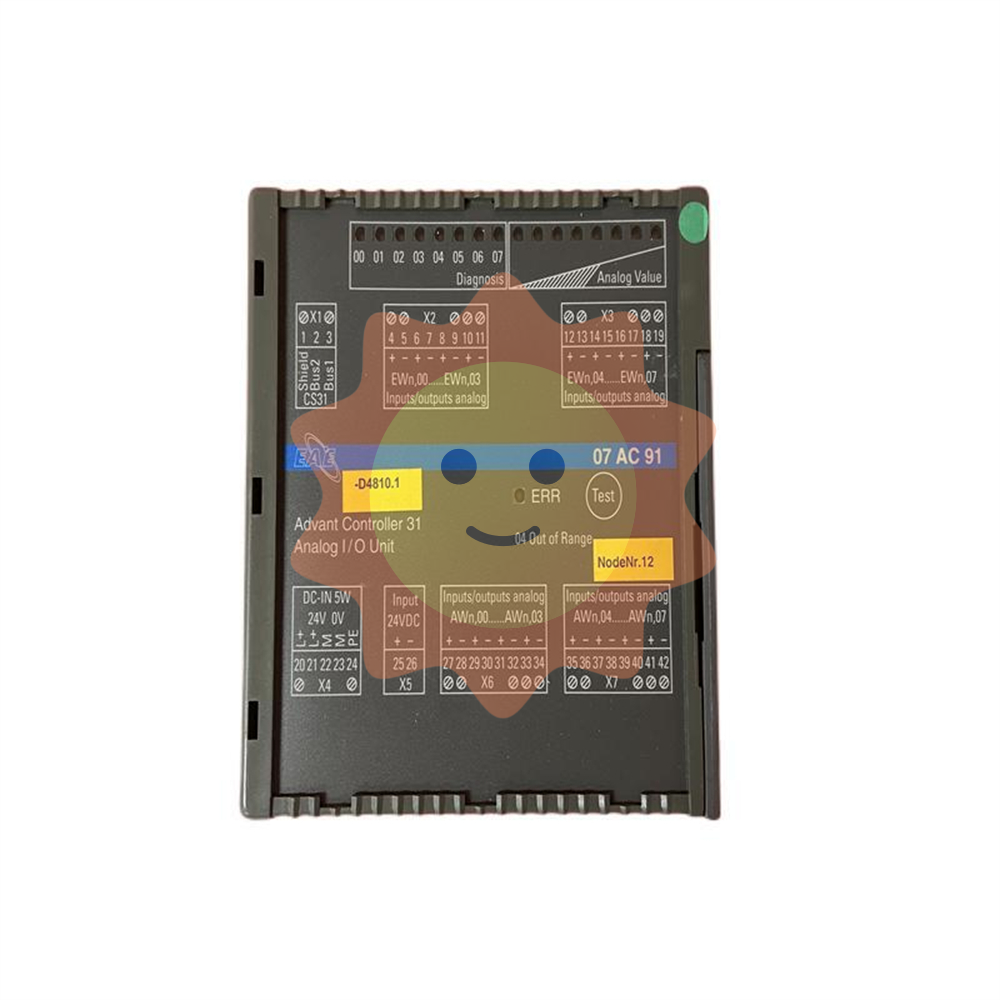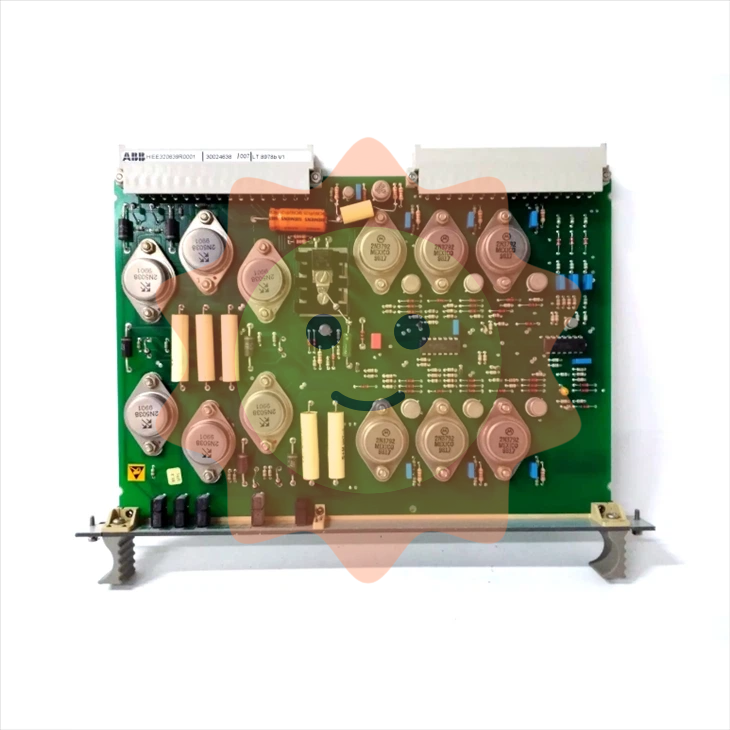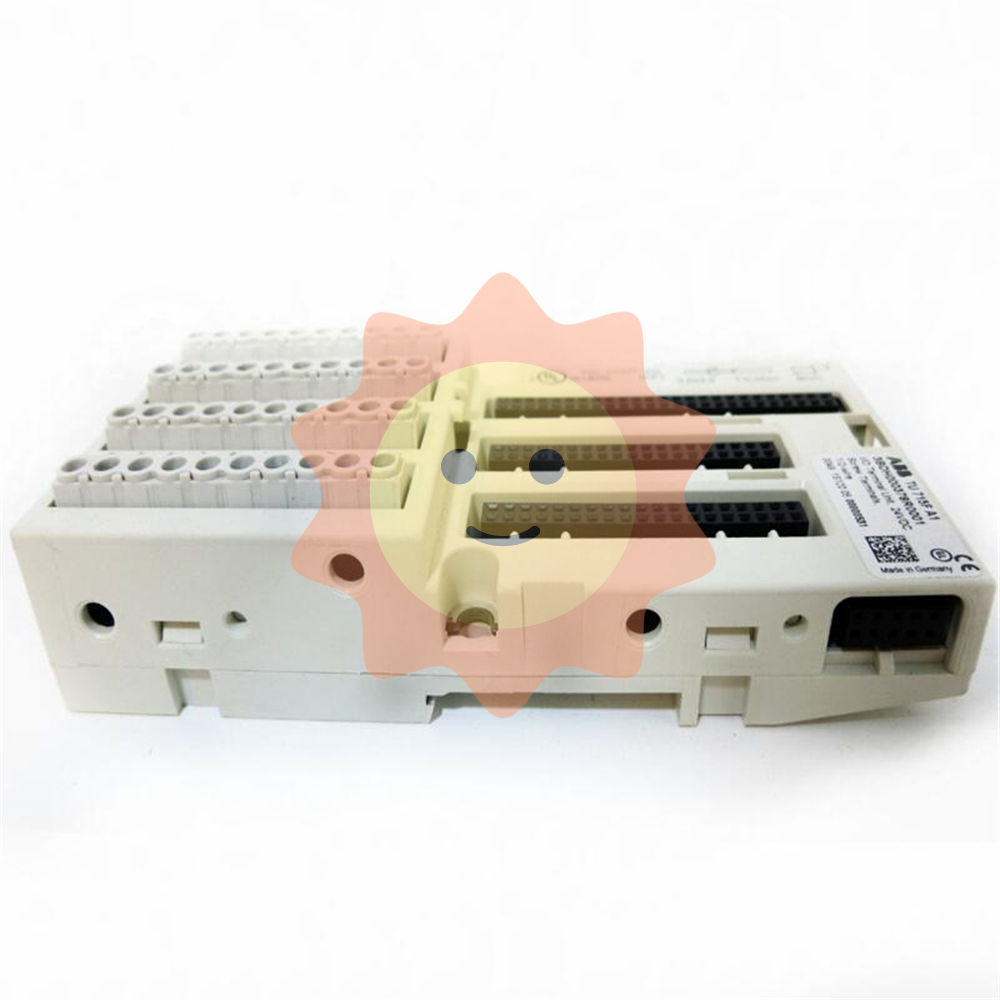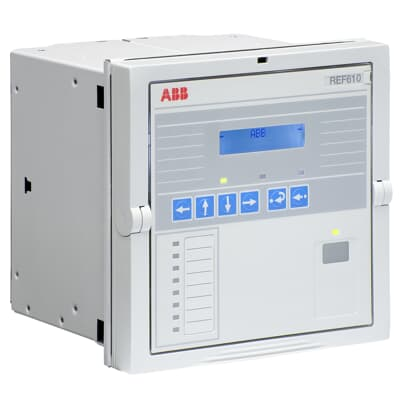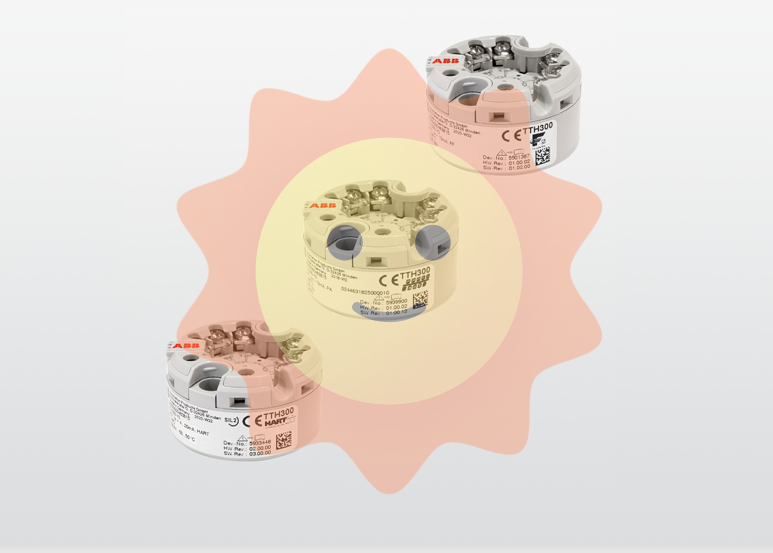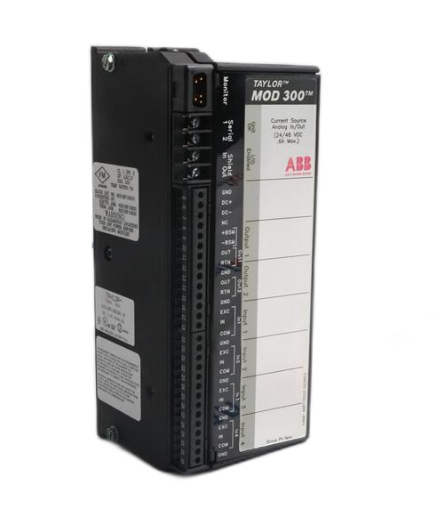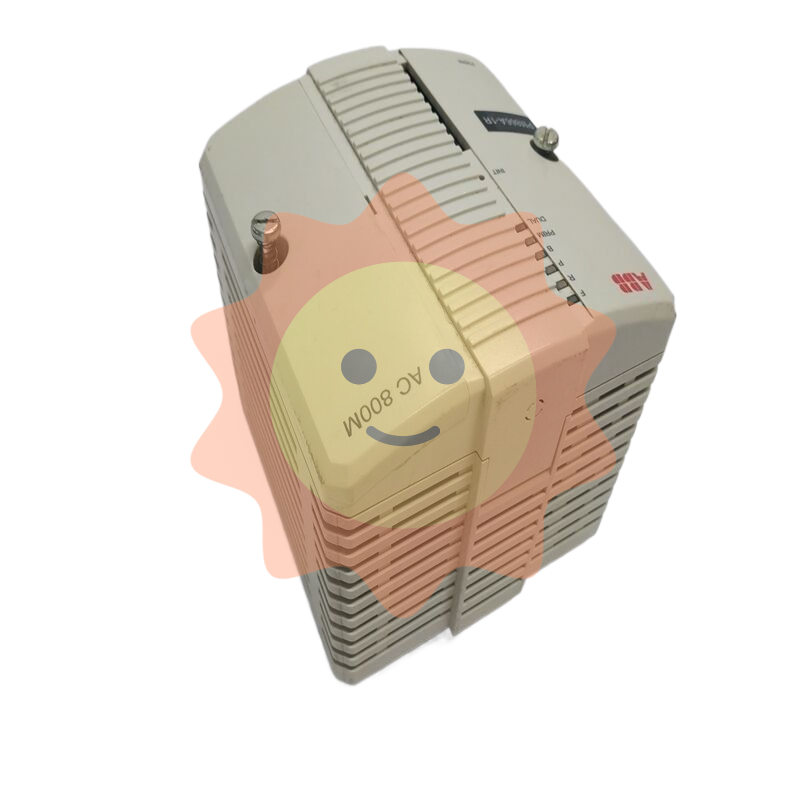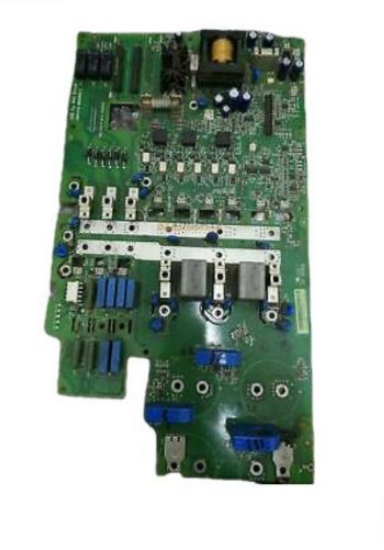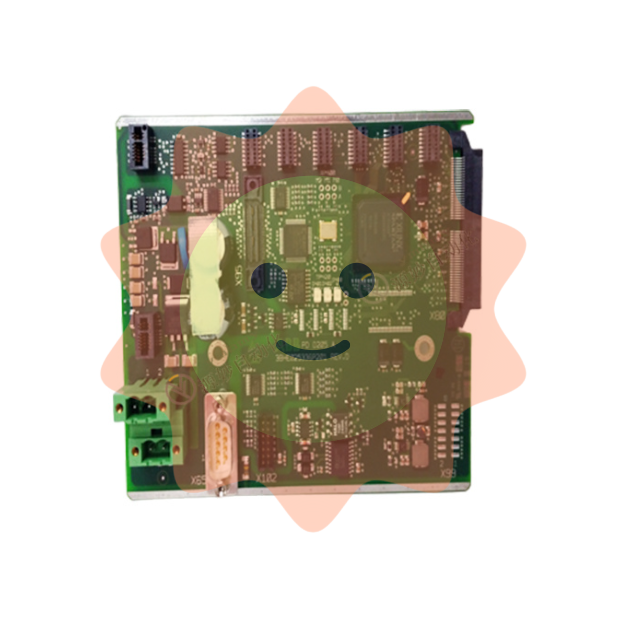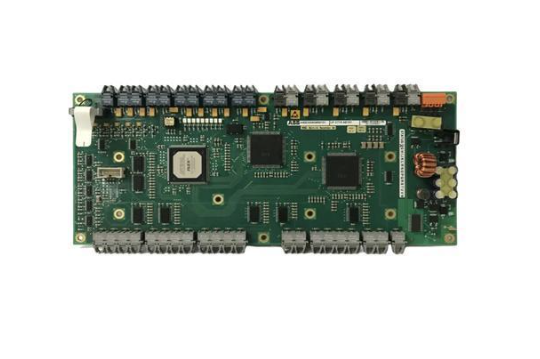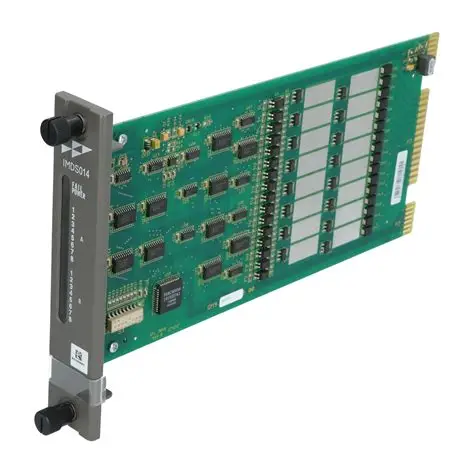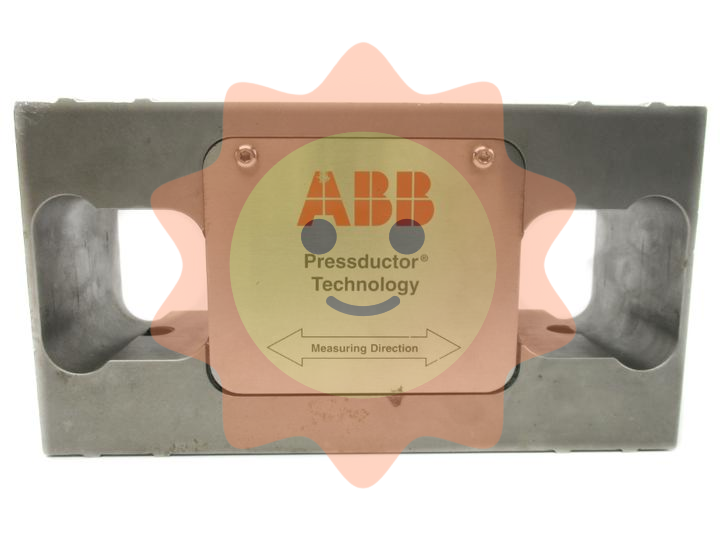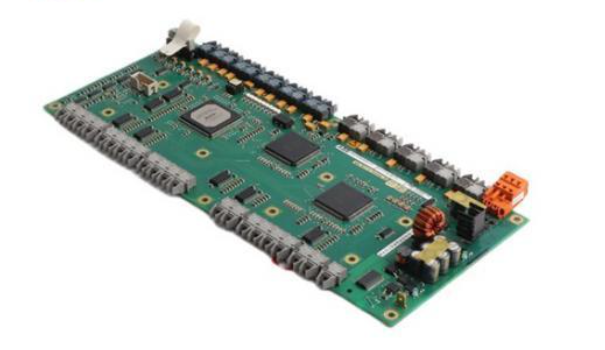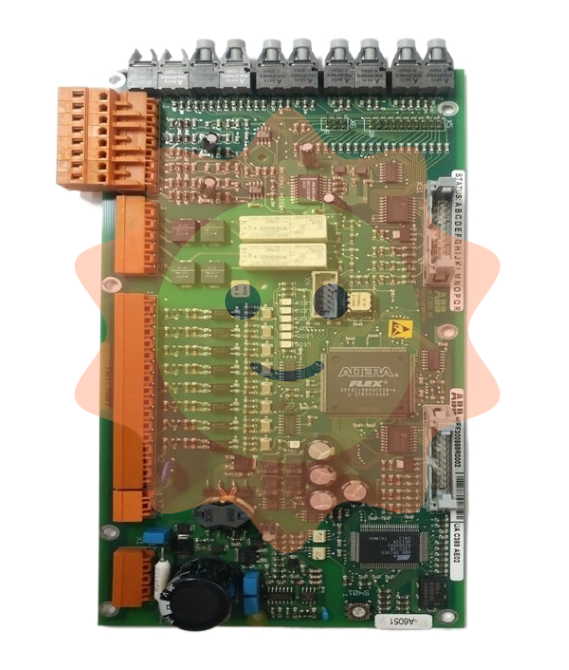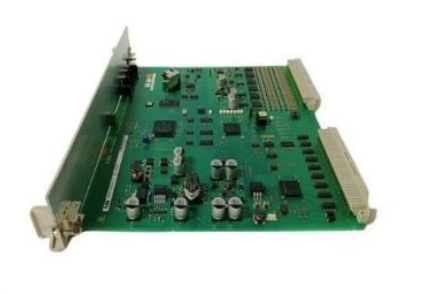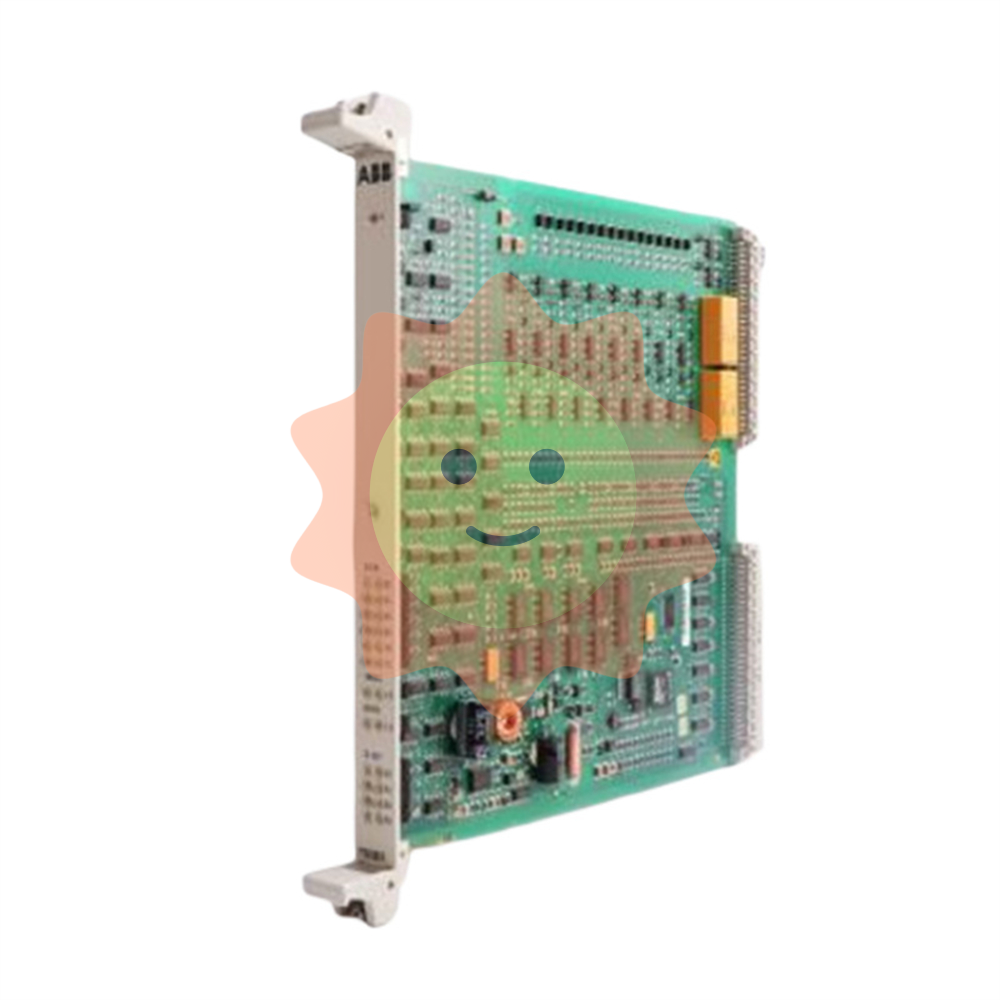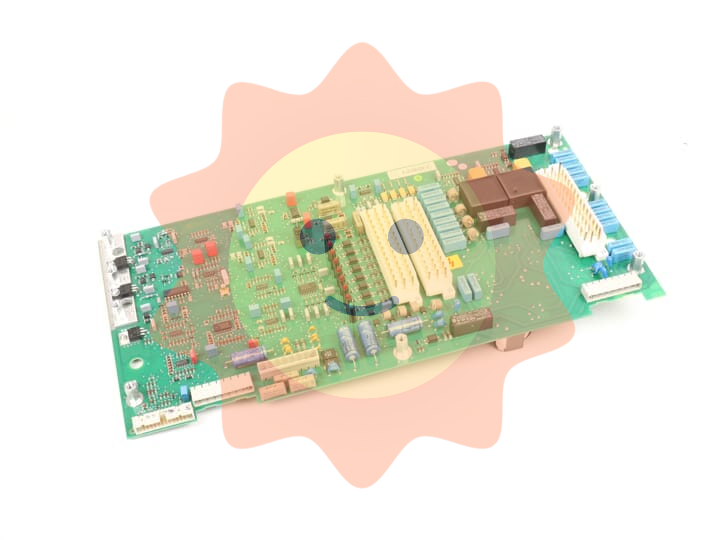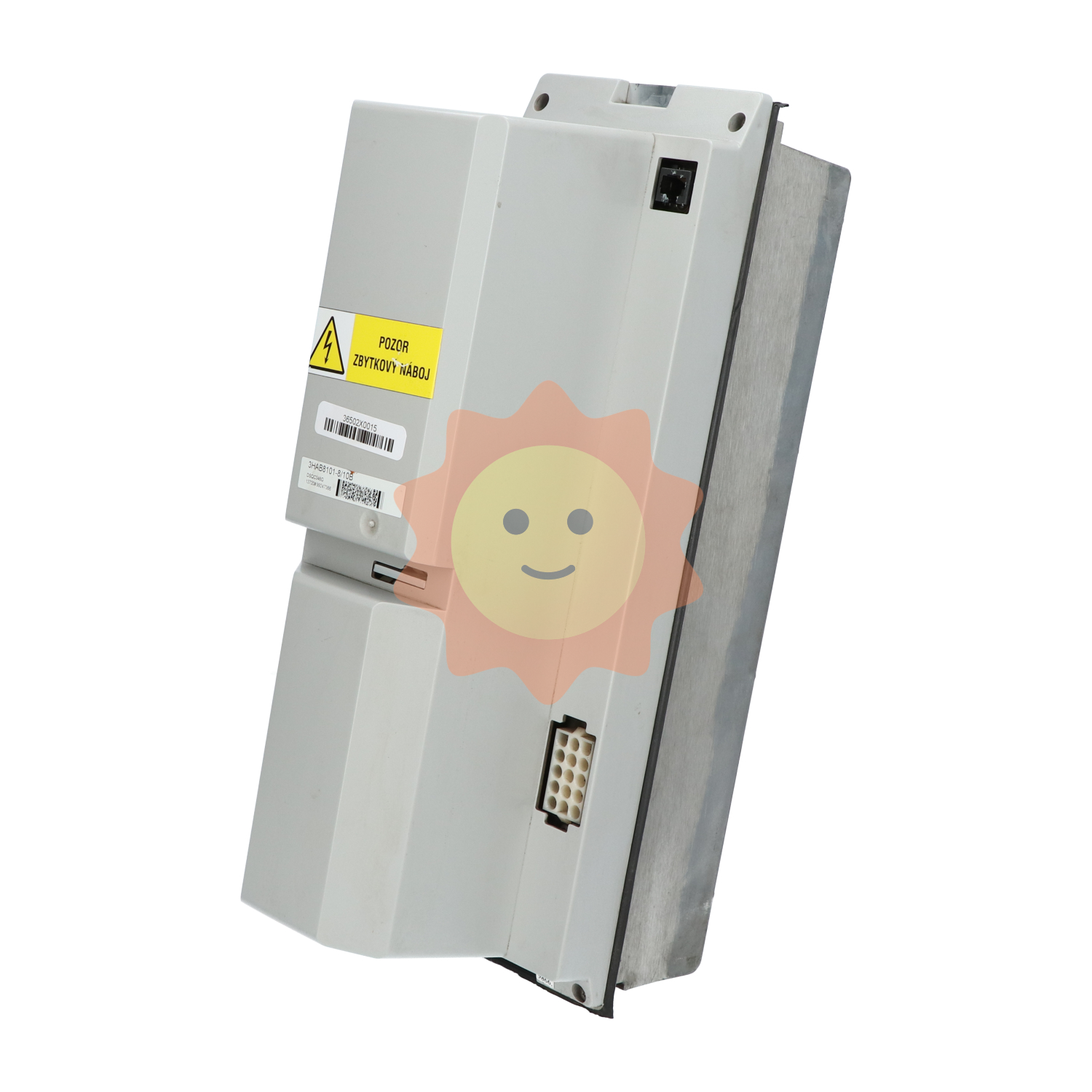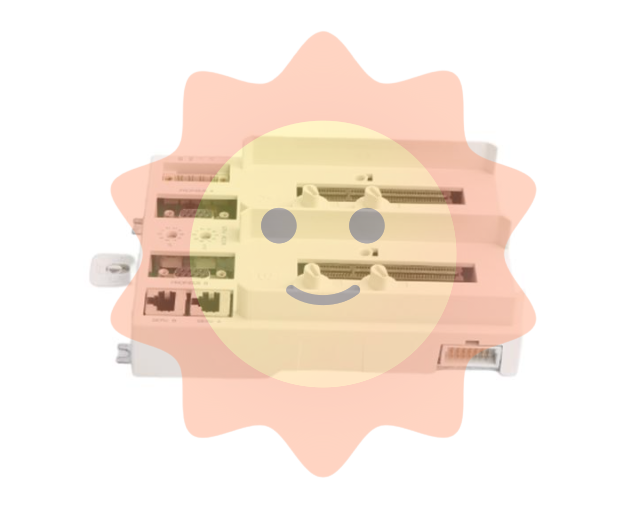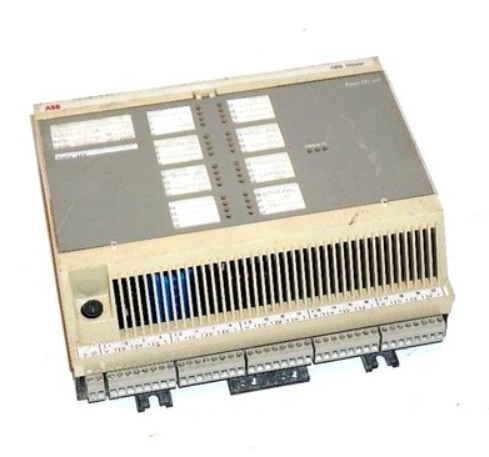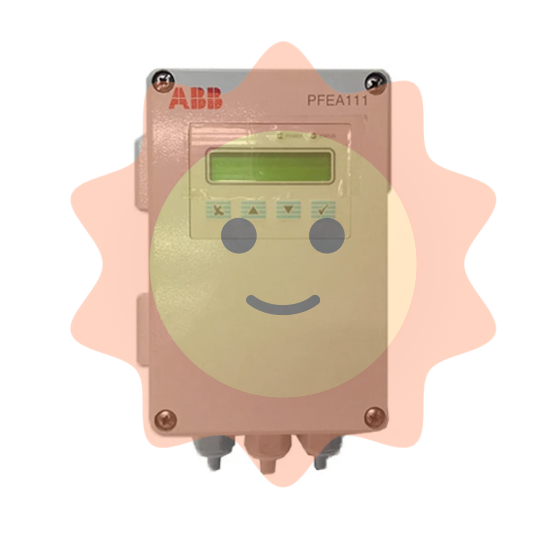ABB KOFA12D3 Indoor current transformers
ABB KOFA12D3 Indoor current transformers
Technical parameters
Rated frequency: 50Hz and 60Hz.
Rated secondary current: 5 (1.2) A.
Rated load: 2.5, 5, 7.5, 10, 15, 20, 25, 30VA.
Accuracy levels: 0.2, 0.5, 1, 5P10, 5P20.
Mechanical strength of one terminal: 5kN.
Standards: Compliant with IEC, BS, ANSI and other standards, other data can be provided as required.

Structure and Design
Winding and packaging: The primary winding, iron core, and secondary winding are encapsulated by epoxy resin casting.
Secondary conductor:
The fixing screws on the light alloy base are also easily accessible from above.
The conduit used for the secondary conductor can be fixed at the U-shaped slot entrance of the secondary junction box to prevent the secondary conductor from entering the junction box through the entrance hole.
According to the order requirements, the junction box can be equipped with threaded entrances for cable terminal accessories.
One 2.5-10mm ² or two 2.5-6mm ² (one 2.5-6mm ² for three-phase transformers) conductors can be directly connected to the secondary terminal. The terminal cover can be sealed and the enclosure protection level is IP30.
Primary terminal: The primary terminal uses M12 screws, and the connection can be changed without removing the installed primary conductor.
Environmental and altitude requirements
Operating environment:
Suitable for indoor installation, IEC recommends an ambient temperature between -5 ℃ and+40 ℃, and can actually be used at temperatures as low as -40 ℃.
Transformers must prevent the deposition of large amounts of dust or similar pollutants, as well as avoid direct sunlight.
Altitude impact:
The altitude in mountainous areas may be higher than the elevation (1000m) used as a design standard in IEC standards.
The thin air in high-altitude areas can affect the cooling of transformers, as well as the creepage distance and air gap between ground and phases. In this case, the manufacturer should be consulted.
The issues of creepage distance and air gap can be solved by selecting transformer types designed for higher voltages. For the operating voltage used, it is best not to exceed the normal level of impulse test voltage (BIL level), as this may have a negative impact on the available output on the secondary side.
Insulation level
The insulation levels of KOFA models are 12/28/75kV, 17.5/38/95kV, and 24 (25)/50/125kV.
Preferred current transformer
Advantages:
The factory has prepared documents and materials for the most commonly used ratings, which can provide short delivery times for urgent needs.
Simplify the selection and ordering process by providing specific order codes for each standard current transformer.
Model examples: KOFA 12 D2 (12kV), KOFA 24 D2 (24kV).
Parameters: Secondary current of 5A, 2 iron cores, weights of 17kg and 19kg respectively, in compliance with international standard IEC 60044-1.
Ordering example: If the requirement is 6.6kV, in accordance with IEC 60044-1 standard, with a primary current of 100-200/5/5A, iron core 1 is 15VA, class 0.5, iron core 2 is 15VA, class 10P10, frequency 50Hz, the ordering code is KOFA 12 D2-L01.
Customized design transformer
One time and type selection table:
The table displays the available short-circuit strength and rated primary current for 12, 17.5, and 24kV, as well as the iron core selection symbol. The larger the iron core symbol, the smaller the size of the iron core and transformer. For transformers with two primary connections, this meter is suitable for lower rated currents, and at double the rated current, the thermal and dynamic intensity will also double.
The type selection table provides transformer types and weights corresponding to different numbers of iron cores at 12, 17.5, and 24kV.
Core selection table: Determine the core size based on rated load, accuracy level, etc.

Working principle
1、 Basic principles
Fundamentals of Electromagnetic Induction
When current passes through a winding, alternating magnetic flux is generated in the iron core. According to the law of electromagnetic induction, the secondary winding will induce electromotive force due to changes in magnetic flux, thereby generating current in a closed secondary circuit. The secondary current is directly proportional to the primary current, and the phase is basically the same. Through this proportional relationship, high current measurement and transformation can be achieved.
The relationship between primary and secondary sides
A winding with few turns (or even a single turn) is directly connected in series in the tested circuit, passing through a high current; The secondary winding has a large number of turns and is connected in series with measuring instruments or protective devices, with a small current (usually 5A or 1A).
2、 The support of key structures for principles
Winding and iron core design
Primary winding: usually a single conductor or a few turns, carrying the current of the tested main circuit and generating an alternating magnetic field.
Core: High permeability materials (such as silicon steel sheets) are used to concentrate magnetic field lines and improve electromagnetic induction efficiency. The change in magnetic flux directly affects the induced electromotive force on the secondary side.
- EMERSON
- Honeywell
- CTI
- Rolls-Royce
- General Electric
- Woodward
- Yaskawa
- xYCOM
- Motorola
- Siemens
- Rockwell
- ABB
- B&R
- HIMA
- Construction site
- electricity
- Automobile market
- PLC
- DCS
- Motor drivers
- VSD
- Implications
- cement
- CO2
- CEM
- methane
- Artificial intelligence
- Titanic
- Solar energy
- Hydrogen fuel cell
- Hydrogen and fuel cells
- Hydrogen and oxygen fuel cells
- tyre
- Chemical fiber
- dynamo
- corpuscle
- Pulp and paper
- printing
- fossil
- FANUC
- Food and beverage
- Life science
- Sewage treatment
- Personal care
- electricity
- boats
- infrastructure
- Automobile industry
- metallurgy
- Nuclear power generation
- Geothermal power generation
- Water and wastewater
- Infrastructure construction
- Mine hazard
- steel
- papermaking
- Natural gas industry
- Infrastructure construction
- Power and energy
- Rubber and plastic
- Renewable energy
- pharmacy
- mining
- Plastic industry
- Schneider
- Kongsberg
- NI
- Wind energy
- International petroleum
- International new energy network
- gas
- WATLOW
- ProSoft
- SEW
- wind
- ADVANCED
- Reliance
- YOKOGAWA
- TRICONEX
- FOXBORO
- METSO
- MAN
- Advantest
- ADVANCED
- ALSTOM
- Control Wave
- AB
- AMAT
- STUDER
- KONGSBERG
- MOTOROLA
- DANAHER MOTION
- Bently
- Galil
- EATON
- MOLEX
- Triconex
- DEIF
- B&W
- ZYGO
- Aerotech
- DANFOSS
- KOLLMORGEN
- Beijer
- Endress+Hauser
- MOOG
- KB
- Moxa
- Rexroth


Email:wang@kongjiangauto.com

